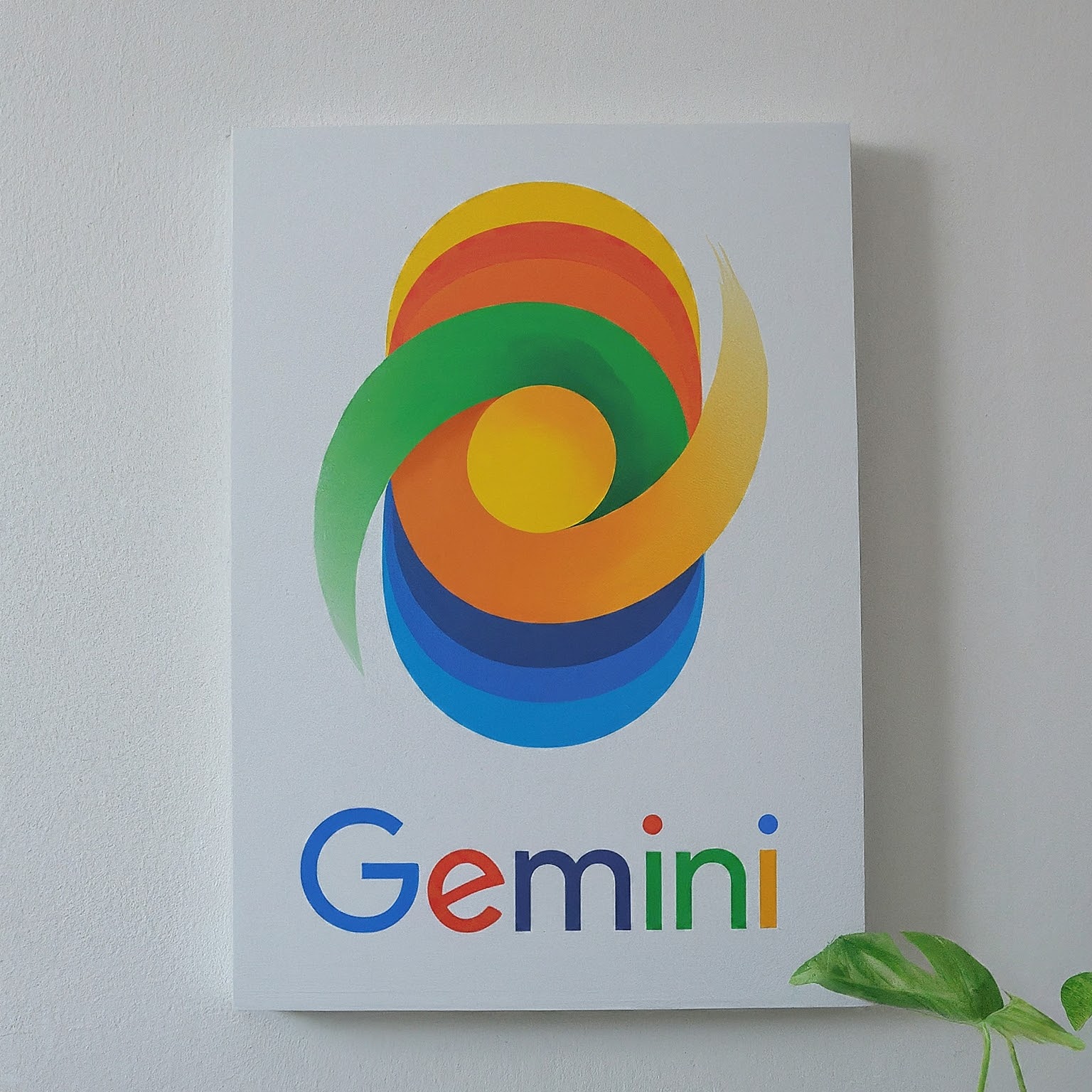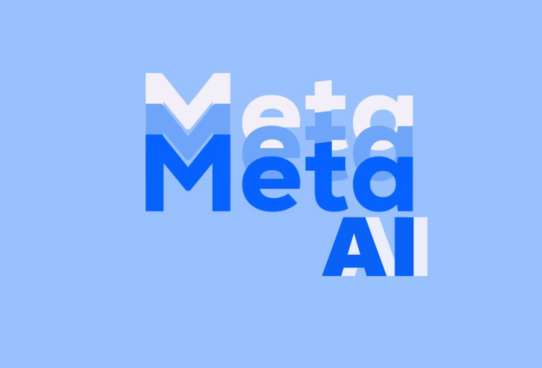Key Takeaways
- Shortly, Google Gemini users will be able to produce AI portraits of people using Google’s Imagen 3.
- In February, the business discontinued its previous AI image-generation product in response to several issues.
- Photorealistic, recognizable people, representations of children, or extremely graphic, violent, or sexual scenarios are not supported by Imagen 3.

Google is preparing to reintroduce a feature allowing users to create images of people using its Gemini AI tool. This feature was initially removed in February due to problems with generating historically inaccurate images, which led to public embarrassment. The new version, called Imagen 3, will first be available to select users, such as those in the Google Gemini Advanced, Business, and Enterprise tiers.
In a blog post, Dave Citron, senior director at Google, detailed the changes made to the tool. The development team focused on improving the product by implementing better evaluation methods. And conducting red-teaming exercises (where they deliberately tried to break the system to identify weaknesses), and establishing clear principles for its use.
The original image generation feature was paused after users reported significant inaccuracies. For instance, when asked to generate an image of a German soldier from 1943, the tool produced a racially diverse group of soldiers in German uniforms, which was historically inaccurate. Another request for an image of a medieval British king resulted in a mix of racially diverse individuals, including a female ruler, which also did not align with the historical context.
A number of limitations are included in the upgraded Imagen 3 utility to solve these problems. It opposes the production of overly graphic, violent, or sexual content as well as photorealistic pictures of identifiable individuals and minors. This is an attempt to stop the creation of potentially offensive or divisive images.
Citron conceded that Imagen 3 might not always yield flawless outcomes, just like any other generative AI tool. But Google is determined to hear from early adopters and keep improving its services in response to their suggestions. To eventually support other languages and reach a wider audience, the company intends to roll out the tool gradually.
Google’s cautious approach is indicative of its cognizance of the possible hazards and moral dilemmas associated with AI-generated material, particularly in the context of producing human photographs. This feature’s relaunch is part of Google’s larger plan to improve its AI services and guarantee responsible use of the technology. Google will probably keep enhancing the tool’s features and resolving any issues as it gets more accessible.


